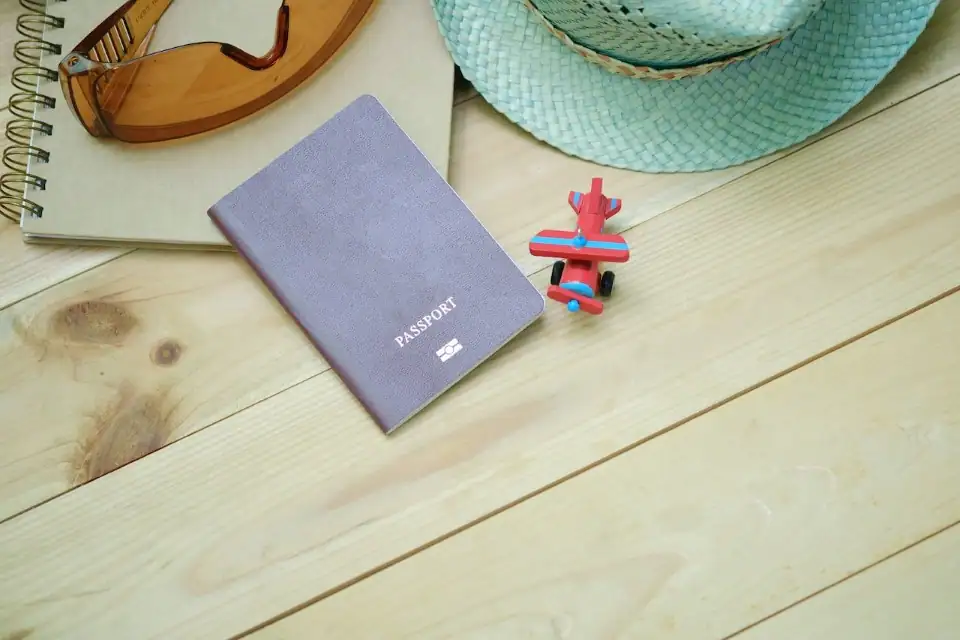What is a Collaborative Divorce?
A collaborative divorce is a non-adversarial approach to ending a marriage. In a collaborative divorce, both parties work together with the help of their respective attorneys to reach an agreement that is fair to everyone involved. Unlike traditional divorce, where a judge makes the final decision, in a collaborative divorce, the couple retains control over the outcome.
How Does a Collaborative Divorce Work?
In a collaborative divorce, both parties must agree to work together to reach a settlement. Each spouse hires a collaborative divorce attorney who is trained to facilitate the process. The couple and their attorneys then participate in a series of meetings to discuss and negotiate the terms of the divorce.
During these meetings, the couple will work to reach an agreement on issues such as property division, spousal support, child custody, and child support. Both parties must be willing to openly communicate and negotiate in good faith to reach an agreement.
If an agreement is reached, the attorneys will draft a settlement agreement for both parties to sign. This agreement will then be presented to the court for approval. If an agreement cannot be reached, both parties will need to hire new attorneys and proceed with a traditional divorce.
Benefits of Collaborative Divorce
There are many benefits to choosing a collaborative divorce, including:
- Less stressful: Collaborative divorce is less stressful than traditional divorce. By working together, both parties can reduce the emotional toll of the divorce process.
- More control: In a collaborative divorce, both parties have more control over the outcome. Instead of leaving the final decision up to a judge, the couple works together to create a settlement that is fair and equitable.
- Cost-effective: Collaborative divorce is often less expensive than traditional divorce. Because the couple works together to reach an agreement, there is less need for litigation, which can be costly.
- Better for children: Collaborative divorce is often better for children. By working together, the couple can create a parenting plan that is tailored to their children’s needs.
FAQ’s about Collaborative Divorce
Q: What if we can’t reach an agreement? A: If both parties cannot reach an agreement, both parties will need to hire new attorneys and proceed with a traditional divorce.
Q: Do we still need to go to court? A: Yes, the settlement agreement must be presented to the court for approval.
Q: Can I still hire my own attorney? A: Yes, each party will need to hire their own collaborative divorce attorney.
Q: What if my spouse is being unreasonable? A: In a collaborative divorce, both parties must be willing to negotiate in good faith. If your spouse is being unreasonable, the process may not be successful.
Q: How long does the collaborative divorce process take? A: The collaborative divorce process can take several months to a year, depending on how quickly both parties can reach an agreement.
Conclusion
Divorce is never easy, but a collaborative divorce can provide a peaceful and cost-effective solution for ending a marriage. By working together, both parties can create a settlement agreement that is fair and equitable. If you are considering divorce, it may be worth exploring the option of a collaborative divorce and finding a collaborative divorce attorney who can help guide you through the process.






